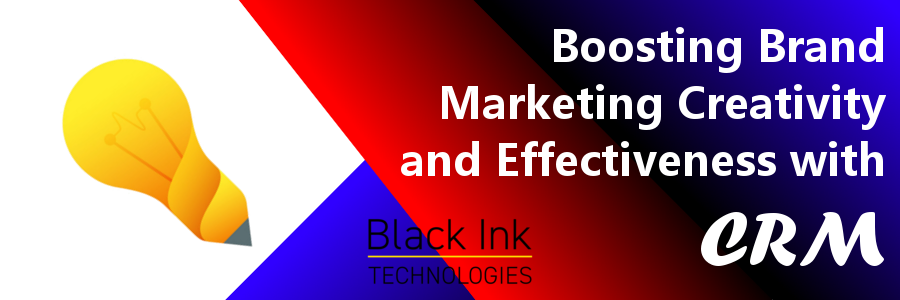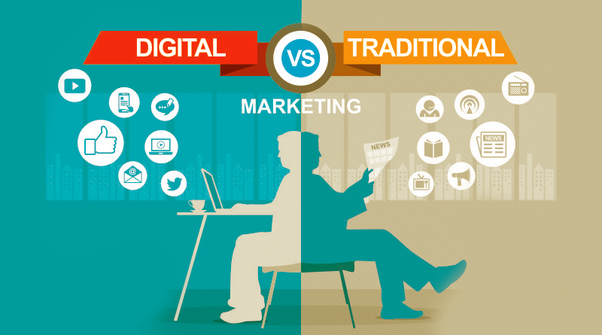Boosting Brand Marketing Creativity and Effectiveness with CRM
by Black Ink Team

Custom CRM’s make it easier for marketers to plan more effective campaigns. In today’s fast-moving and fast-changing world, time is of the essence when it comes to ad campaigns. Without intuitive platforms to analyze customer data with, your brand marketers will be slowed down tremendously because it will be harder for them to find the kinds of audience targeting insights that elevate brand campaigns to the next level.
Today, there are myriad advertising channels to choose from to boost your brand awareness with. In addition to the traditional ones such as TV, radio, display, and newspapers now there is social media, in-app media, banner ads, and many more. Since each of these channels is technically a different medium, the design choices made for them should be different. For example, you wouldn’t want to start programmatic buying spots for advertisements for your product to play at movie theaters, only to find out later that there’s not enough left in your budget to produce ads that would look nice shown in that way.
In addition to the many channels to choose from, there are now many sources of customer information, or ‘data signals.’ Search engines, cookies, IP address searches – with the rise of the Internet and smartphones, target audiences is becoming more granular and more precise. Organizations may already have the data necessary to find actionable digital advertising insights, however the right tools are required in order for them to find and harness them.

With a CRM you can go back, do some analysis, and find out which advertising channels achieved the best results for you. To do this, a simple factchecking campaign would need to be run, an example of which would be a question on your product registration form asking the end user where they heard about your product. Having assurance that most of your customer base responded to a banner ad, say, makes a larger spend in banner ads less risky. In other words, CRM analysis removes uncertainty from the campaign development process because it makes formulating a media strategy more fact-based.
Furthermore, you can use CRM to log customer interactions and view them in aggregate, which can give you a sense of how your customers view your product. For instance, if your sales reps log the questions that your customers ask them, then you can look for patterns in the questions that they ask. You might find, for example, that a chief concern among them is product lifetime by determining that a majority asked how long the product would last.
‘Data transparency’ is a term that refers to the level of accessibility certain data has. For marketing, high data transparency or ‘visibility’ is crucial because most if not all campaigns are conducted by multiple parts - planning, creative, analytics, et. al. - in addition to any outside creative agencies you choose to hire. Every part needs accurate data, and they all need to harmonize. Modern CRM’s have native data-sharing capabilities, and new users with adaptable privileges can be added. This functionality paves the way for marketing unity and for data-driven creative strategies.
Once you have a profile of who your audience is, which is something you can derive via CRM analysis, you can share your analysis and make sure that every partner working on the campaign is on the same page. From a management point of view, enabling sales and marketing apparatus to harness data more effectively by granting them the power of CRM is without a doubt a step in the right direction.
